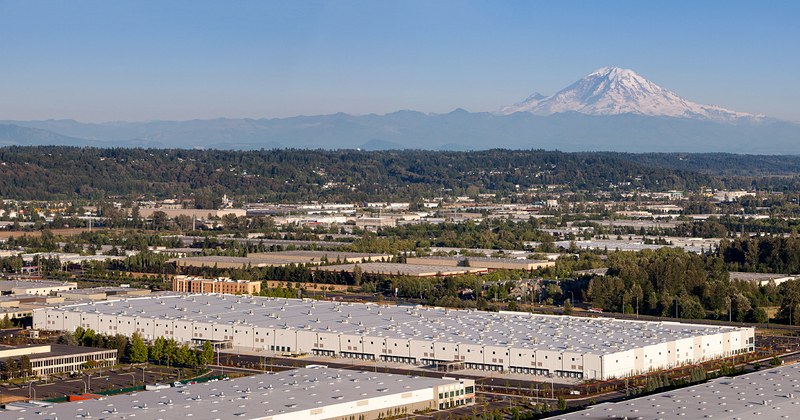In the April issue of the Brooklyn Rail, Paul Mattick interviews Phil Neel, author of the forthcoming book Hinterland: America’s New Landscape of Class and Conflict, which Neel describes as a work of “communist geography.” In the book, Neel argues that the most important nodes in the global economy are not postindustrial cities, as it often assumed, but rather “hinterland” areas—rural and semi-rural regions where extractive industries, like mining, and important supply-chain infrastructure is located. As Neel explains in the interview, the hinterland is where working conditions tend to be harshest and wages lowest; but it is also where labor unrest can be the most disruptive to the capitalist system. Here’s an excerpt from the interview:
Neel: The hinterland is basically the space that lies beyond the administrative centers of the global economy, which tend to be centered in the downtown cores of (largely coastal) metropoles. Obviously, there is enormous variation in what this space looks like. But I use the word “hinterland” to try to capture the idea that these places are not peripheral in the sense of being on the “edge” of capitalism and therefore having relative autonomy, where self-sufficiency and subsistence might be possible. They are fully dependent, subordinate to these administrative centers. But their priority does differ: the “far” hinterland is lowest in this hierarchy, suitable for the sort of things that are best kept out of sight. At its best, it is defined by some sort of extractive primary industry (mining, farming, timber, etc.); at its worst, it’s just a sort of abandoned zone, dominated by informal work and black markets, where small towns desperately compete with one another to be the host site for a new prison or landfill. And it’s important to note that these spaces don’t necessarily map directly onto our intuitive idea of urban and rural. The far hinterland is certainly mostly a rural space, but it would include that deep rust belt decay you see in Flint, MI, for example. One part of the concept’s utility, then, is to point out that the experience of poverty in rural Kentucky is actually not going to be that fundamentally different from the experience of poverty in “inner city” Detroit—the two will be distinct, but both will certainly be far more similar to one another than to the average life experience of someone born to a moderately wealthy family in Boston or Seattle. At the same time, you also have these islands of affluence in rural areas, which are usually either leisure centers (like Aspen, CO), or simply commuter exurbs, and these places have a much closer relationship with the urban core despite their distance.
The “near” hinterland is something that’s more visible, but for some reason you still constantly run into people who basically have no clue that it’s there. For example, in a city like Seattle, all the highest poverty census tracts, all the census tracts with the highest shares of foreign-born population, and all the census tracts with the lowest shares of white population are located in suburbs or on the urban fringe, with a few (rapidly gentrifying) exceptions. These are the same areas that have the highest concentration of employment in manufacturing, utilities, warehousing, and transportation. I mean, in Kent, WA, just south of Seattle, you have a massive Amazon Fulfillment Center, and across the street is a literal campground where people are living in trailers and tents and they’re walking over to work in the warehouse, joined by people commuting in from the uphill suburban neighborhoods where they live in decaying postwar single-family houses subdivided to accommodate multiple extended families. So you have this massive working-class population that is hyper-diverse, employed for poverty wages sorting packages, processing goods, driving shorthaul runs, and even doing “traditional” manufacturing, all taking place in these peri-urban centers just outside the borders of major “post-industrial” metropolitan centers like Seattle. But I still run into people all the time who really think that Seattle is somehow a “post-industrial” city, and that the suburbs are where white people live—and of course these people themselves are living in “inner city” areas that maybe used to be part of the city’s black neighborhood, or Asian neighborhood, but are now seventy, eighty, or ninety percent white, and they think it’s a hip, “diverse” urban lifestyle.
Image: Amazon fulfillment center in Kent, Washington, outside Seattle. Via sunsteelllc.com.
